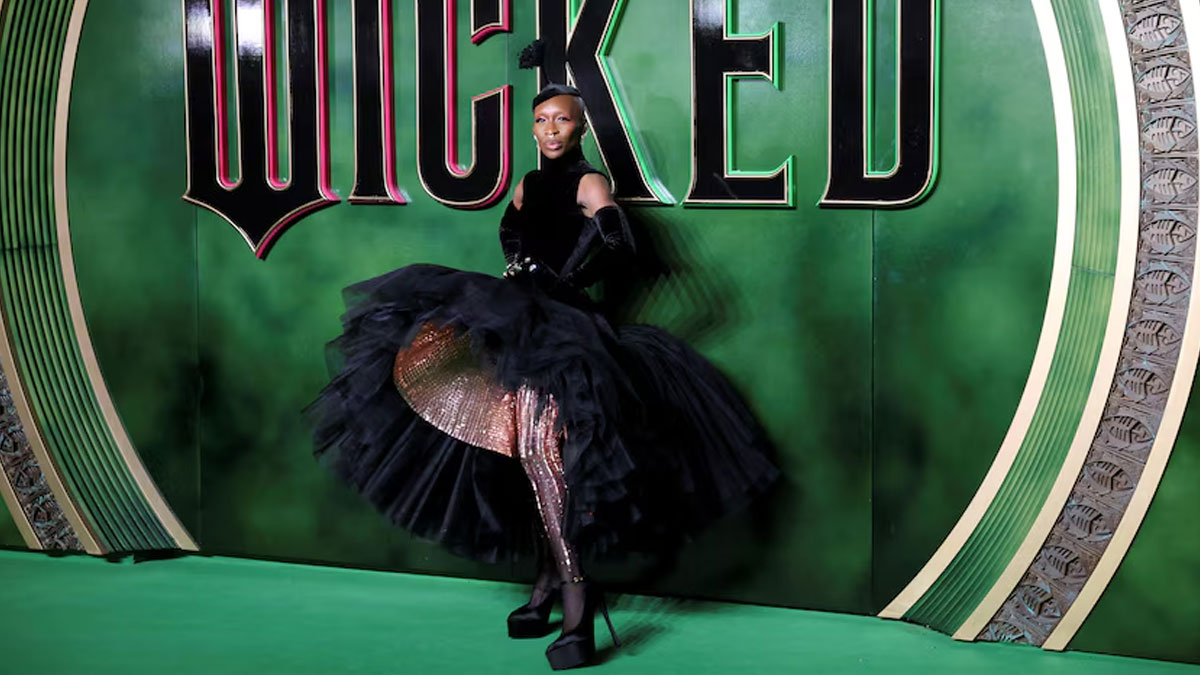What it takes for emerging designers to break into Australia’s fashion industry

- by Admin
- May 24, 2024

While established fashion brands are attempting to find solid ground in the current economic downturn, a new guard of Australian designers are trying to get their foot in the door. Fashion is an industry that worships breakthrough talent but gaining access to the necessary resources to innovate and disrupt is half the battle. Australian Fashion Week’s Next Gen runway spotlighted emerging brands Emily Watson, Potirakis, House of Campbell and Amy Lawrence as the industry’s next frontier. This
This next generation of fashion talent is determined to break through the challenging landscape and usher in a new era of diversity and sustainability with their debut collections.
Breaking down barriers
Fashion has a gatekeeping problem that goes well beyond consumers not wanting to divulge their best finds – the next generation of designers needs an injection of capital if their brands are going to scale.
When Emily Watson first set out to create her eponymous brand Emily Watson in 2020, she didn’t give much thought to creating a sound business plan – she was focused on building a strong brand DNA that would generate demand.
“Purely focusing on creating what I wanted and enjoying what I was doing was at the front of my mind,” Watson told Inside Retail.
“Now, the biggest barrier to scaling is time and money. Most of all, finding the right manufacturer,” she added.
Second to finding a manufacturer that meets her needs of low minimum order quantities, ethical practices and the required specialised skill sets, the next biggest barrier for Watson is aligning supply and demand with enough working capital to support it.
For the founder of the streetwear brand Potirakis, Chris Potirakis, gaining access to funding to create better economies of scale for a full runway of looks is an uphill battle.
“It comes down to the same access to economies of scale… I also feel a lot of the business advice out there is not necessarily fashion-oriented, so maybe a mentor in the fashion business field, has a book full of questions waiting for the right person to answer,” Potirakis told Inside Retail.
But even after securing the cash flow to fund a collection, there are still production risks according to House of Campbell’s designer Abby Potter.
“In today’s climate, brands must be cautious about overproducing due to the potential for order cancellations,” Potter told Inside Retail.
“We’ve all seen the impact of these cancellations, particularly following the shifts in larger retailers such as Matches, which has made many brands wary,” she added.
Minding the gap
Australia’s cohort of emerging designers is more than happy to navigate the financial minefield of fashion if it means they can bring a new design perspective to consumers.
Since the brand’s inception, Emily Watson has continued to prioritise craftsmanship and construction despite the potential commercial limitations.
“I have adopted some labour-heavy construction techniques that are a trademark to the brand, ones which I hope to continue to carry through future collections, despite the constraints. In addition to this, the pieces are quite versatile in styling and fit,” said Watson.
The aforementioned construction techniques are intended to create greater opportunities for wear, which encourages investment purchases by consumers.
“Due to the combination of fabric stretch, use of drawstrings and draping methods, customer feedback suggests that the brand’s designs are more adaptable for size-fluctuating bodies than traditional silhouettes,” she said.
House of Campbell is aiming to fulfil a different niche with its commercial line of couture-inspired ensembles that seamlessly integrate artistic expression into everyday wear.
“The Australian contemporary luxury market is celebrated for its resort brands and relaxed beach aesthetics,” said Potter.
“However, there’s a gap for brands that combine heritage luxury with romanticism and art, creating accessible yet expressive fashion,” she added.
Calling for backup
The fashion industry is a challenging landscape for even the most recognised designers right now with the simultaneous cost-of-living and cost-of-trading crisis.
“These are undoubtedly challenging times for the fashion industry, with many talented designers closing their doors, not due to a lack of opportunity but rather a lack of sustainable support,” said Potter.
This sentiment was echoed by Watson who called for more opportunities like the AFW Next Gen prize which gives emerging designers opportunities for partnerships, collaborations and financial investors.
“I am seeing a collective shift towards more meaningful, transparent conversations when it comes to the industry and the realities of working within it as an emerging designer,” stated Watson.
Potter’s House of Campbell is set on securing investment and has gone abroad to showcase its collections in New York and Paris to gain international exposure and stockists.
“This would enable us to scale our operations in international markets and sustain our growth, allowing us to navigate these challenging times more effectively,” explained Potter.
Australia’s new guard of fashion designers, including Abby Potter, Amy Lawrence, Emily Watson, and Chris Potirakis, are wielding their creativity to drive positive change in the industry.
“I am particularly enthusiastic about the fresh perspectives and the potential for emerging designers to redefine and elevate the Australian fashion scene,” concluded Potter.
“Collectively, our work promotes sustainability and diversity, which are crucial for the future of fashion.”
The Latest News
-
January 10, 2025What channel is the tennis on? Australian Open 2025 free-to-air TV guide | Sporting News Australia
-
January 10, 2025Alex de Minaur relishes return to home courts at Australian Open 2025: “I’m playing with a lot more confidence”
-
January 10, 2025Australian Open live stream: How to watch AO 2025 tennis online, free streaming options | Sporting News Australia
-
January 10, 2025All to know about the 2025 Australian Open
-
January 10, 2025The story behind ‘Norm’ and ‘Daph’ – the Australian Open singles trophies




